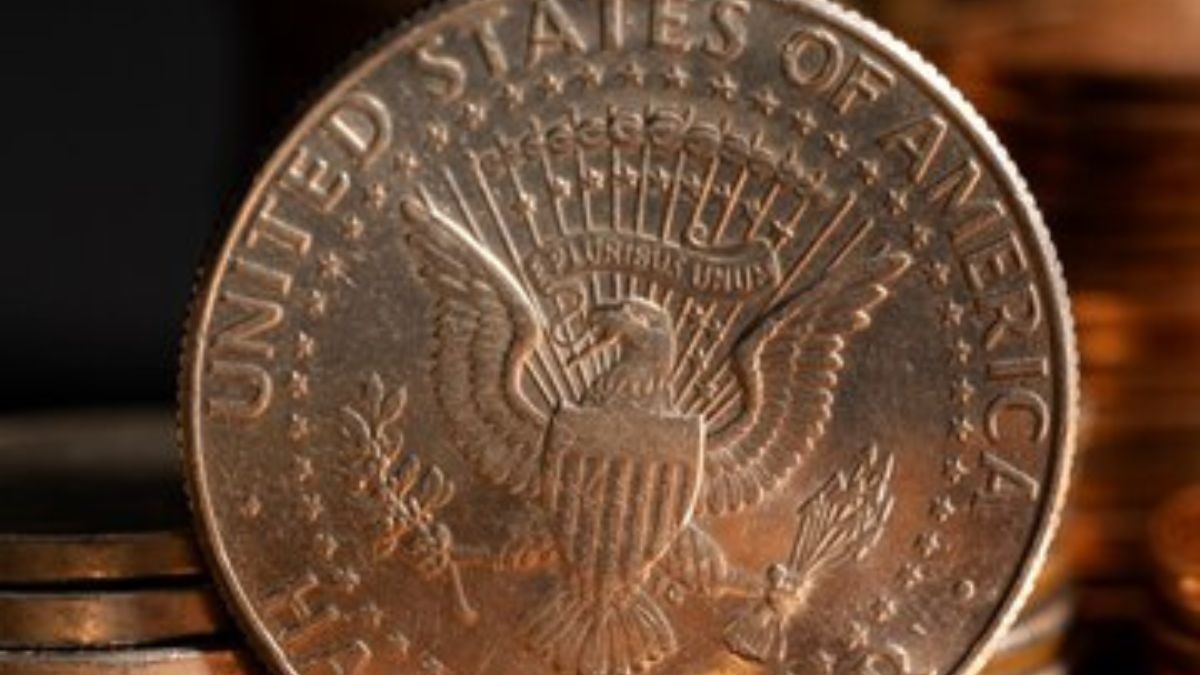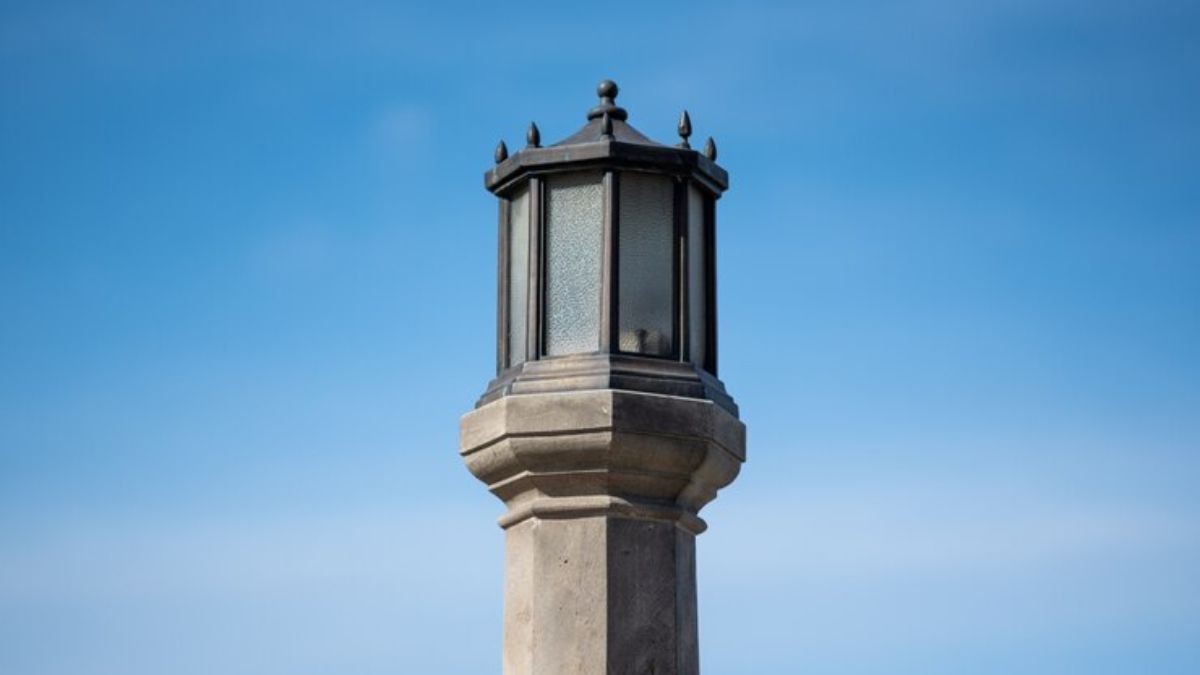Have you ever stumbled upon a penny that seemed to hold more than just the weight of its copper? The 1943 steel penny is one such coin, a fascinating relic of American history that continues to capture the imaginations of collectors and casual finders alike. Picture this: during World War II, when copper was scarce and every resource counted, the U.
S. Mint made a bold move to create pennies from steel instead. This unusual decision led not only to an intriguing piece of currency but also sparked tales of rarity, value, and controversy. Join us as we delve into the captivating story behind the 1943 steel penny—a tale filled with mystery and allure waiting to be uncovered!
The History and Production of the 1943 Steel Penny
The history of the 1943 steel penny is rooted in World War II. During this time, copper was scarce due to military demands.
In response, they turned to a unique alternative: zinc-coated steel. This shift marked the first time in American history that pennies were made from something other than copper.
Production began in mid-1943, with millions of these coins minted at various facilities across the country. Surprisingly, this new design sparked both interest and confusion among the public.
Many people initially mistook the shiny silver appearance for dimes when they encountered them in circulation. As a result, some accidentally spent or discarded these unusual pennies without realizing their potential value.
Why Were Steel Pennies Made in 1943?
The production of steel pennies in 1943 was largely a response to wartime needs. During World War II, copper became a crucial metal for military supplies.
The solution? A shift to zinc-coated steel. This new material allowed them to continue minting coins without tapping into precious copper reserves.
Interestingly, this change was temporary and experimental. Steel pennies were produced only during that single year as a wartime measure.
This unique decision has left collectors intrigued ever since, making the 1943 steel penny a fascinating piece of American history.
The Rarity and Value of the 1943 Steel Penny
The 1943 steel penny is a remarkable piece of currency, primarily due to its rarity. Only about 191 million were minted that year, making them relatively common compared to other collectible coins. However, not all are created equal.
Certain variations exist that can dramatically affect value. For instance, the pennies mistakenly struck on copper planchets are incredibly rare and sought after by collectors. These error coins can fetch thousands at auctions.
Even among standard steel pennies, particular conditions significantly increase their worth. High-grade examples in uncirculated condition command impressive prices.
Market demand also plays a crucial role in valuation. Interest in coin collecting has surged recently, leading many enthusiasts to seek out this unique artifact from World War II-era America. Each penny carries with it a story and an allure that captures the fascination of both novice and seasoned collectors alike.
Collecting and Investing in the 1943 Steel Penny
Collecting the 1943 steel penny is a thrilling pursuit for numismatists and casual collectors alike. Its unique history and rarity make it an attractive addition to any coin collection.
Many enthusiasts start by acquiring the more common examples, while keeping an eye out for rarer varieties like the famous copper versions mistakenly produced that same year. These can fetch astonishing prices at auctions.
Investing in these coins requires knowledge of their condition and market trends. Coins graded as “MS-65” or higher command premium prices due to their pristine condition.
Networking with fellow collectors through online forums or local coin shows can provide valuable insights into where to find your next purchase. Building relationships in the community also opens doors to potential trades or sales down the line.
Whether you’re looking for a historical piece or aiming for profit, collecting 1943 steel pennies offers both enjoyment and opportunity.
Controversy Surrounding the Authenticity of Certain 1943 Steel Pennies
The 1943 steel penny has sparked considerable debate in numismatic circles, particularly regarding its authenticity. Some collectors question whether certain coins are genuine or the result of clever forgeries.
Reports have surfaced about supposed “rare” variants that supposedly emerged from private collections or estate sales. However, many of these claims lack substantial proof. Experts often warn potential buyers to be cautious and perform thorough research before making a purchase.
Die errors and minting mishaps can lead people to mistakenly believe they possess an authentic treasure. This confusion adds layers to the ongoing controversy surrounding these coins.
Moreover, counterfeiters have grown more sophisticated over time. They reproduce details with impressive accuracy, making it challenging even for seasoned collectors to distinguish between real and fake pieces.
This uncertainty fuels curiosity while keeping enthusiasts on their toes as they navigate the world of coin collection.
Conclusion:
The story of the 1943 steel penny is a captivating glimpse into American history. It reflects the ingenuity and resourcefulness during a time of war.
These coins are not just currency; they symbolize a unique moment when necessity drove change.
Collectors find diverse reasons to seek them out, from their unusual composition to their historical significance. Each coin tells its own tale.
While many exist, rare varieties command attention and value in numismatic circles. The thrill of discovering an authentic piece contributes to the hobby’s allure.
FAQ’s
What is a 1943 steel penny?
The 1943 steel penny, officially known as the Lincoln cent, was minted during World War II. It is made of zinc-coated steel instead of the usual copper due to metal shortages at that time.
How can I tell if my 1943 penny is authentic?
To determine authenticity, check for signs such as weight and appearance. The original should feel lighter than its copper counterparts and have a distinct silver color due to its steel composition.
What factors influence the value of a 1943 steel penny?
A variety of factors come into play: condition (grade), rarity (some are more common than others), and demand among collectors can significantly affect value. Rare varieties or those in mint condition can fetch quite high prices.
Are there any fakes or counterfeit versions of the 1943 steel penny?
Yes, counterfeits do exist. Some individuals have attempted to create replicas by altering other coins. It’s essential to consult with reputable coin experts or resources when assessing potential purchases.











